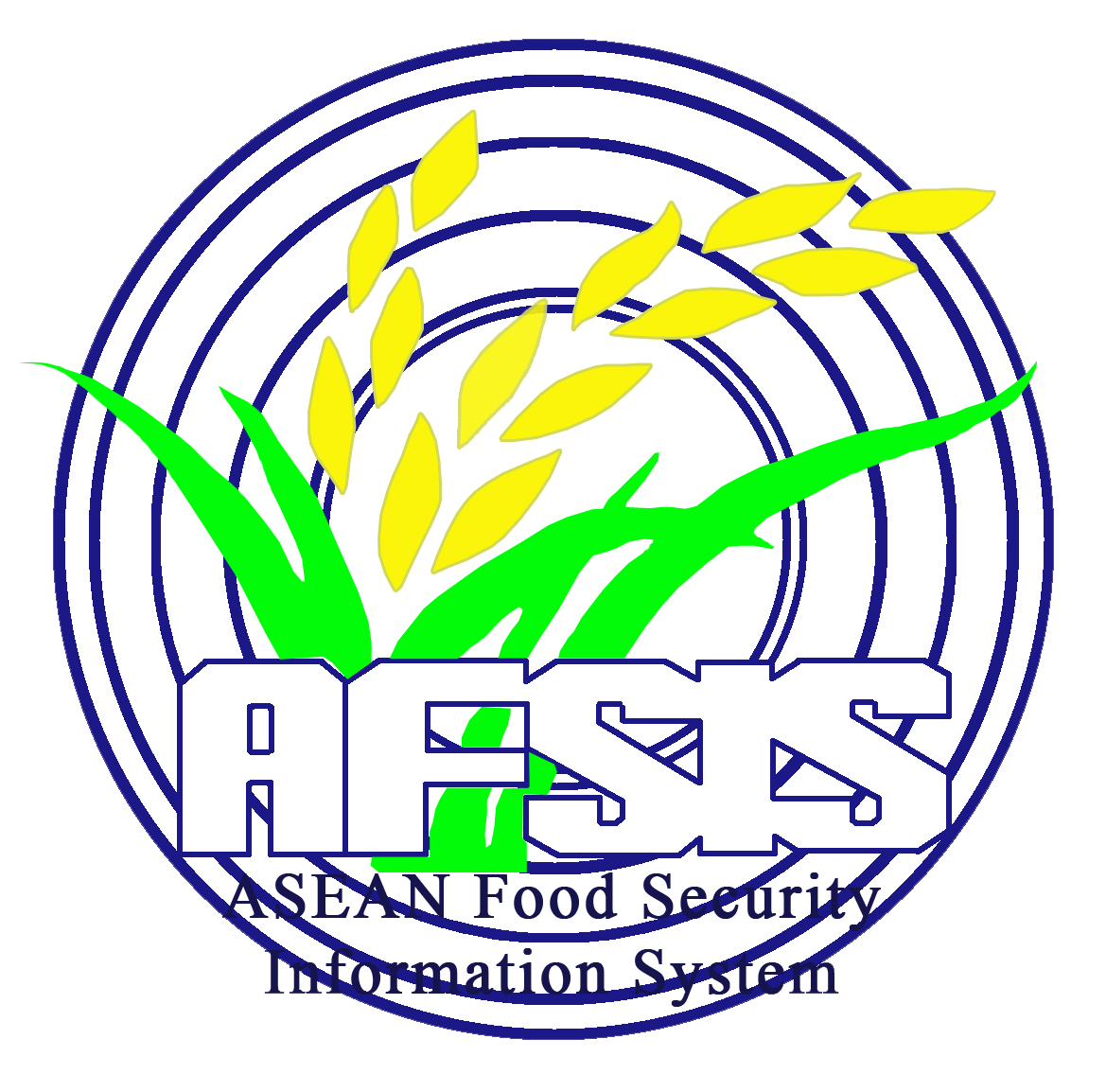

Kanalaon Volcanic Activity, Philippines
on 08 June 2024
Source: Department of Agriculture, Disaster Risk Reduction and Management Section, Philippines
References:
On the evening of June 3, 2024, at 6:51 PM, the Kanlaon Volcano experienced an explosive eruption at its summit crater and still exploded continually. As of June 7, 2024, the Department of Agriculture's Disaster Risk Reduction and Management (DRRM) reminds that Kanlaon Volcano remains at Alert Level 2, indicating an increased or moderate level of volcanic unrest.
This unrest, caused by shallow magmatic processes, could lead to further explosive eruptions at the summit crater. The government is strongly advised to stay vigilant and avoid the four-kilometer-radius Permanent Danger Zone (PDZ) to reduce risks from volcanic hazards such as pyroclastic density currents, ballistic projectiles, and rockfall.
Additionally, the Philippine Atmospheric, Geophysical, and Astronomical Services Administration (PAGASA) has forecasted thunderstorms that could bring moderate to heavy rains over Kanlaon Volcano and Negros Island. These rains could trigger lahars, which are muddy stream flows or runoffs, in the rivers around the southern Kanlaon edifice. Lahars can pose serious threats to communities on the middle and lower slopes by causing inundation and burial.
The volcanic activity at Kanlaon has caused significant damage and losses in agriculture and livestock, amounting to PHP 104.8 million. This includes a production loss of 3,947 metric tons (MT) across 842 hectares (ha) of rice, corn, cassava, and high-value crops, as well as the reported loss of 118 animal heads.
To prevent and support affected areas, in collaboration with affected local government units and concerned the DRRM sections are actively conducting thorough validation and assessment of the volcanic activity's impact. The department offices in Western and Central Visayas will provide agricultural support and deploy the following measures:
Download word file: Kanlaon Volcanic Activity

In late November and early December 2024, Malaysia and southern Thailand experienced severe flooding and heavy rainfall, which caused widespread damage, including landslides and agricultural devastation. In Malaysia, 25 districts across seven states were severely impacted, with households evacuated and extensive flooding reported. Similarly, southern Thailand experienced heavy rains and flash flooding, particularly in provinces affecting over 136,000 households. The floods severely damaged agricultural sectors, with significant losses in paddy rice and other crops, amounting to millions of dollars in damages in both countries. In response, both nations initiated emergency measures, including providing aid and conducting damage assessments. Malaysia focused on intensive assistance to affected households, while Thailand mobilized a range of relief efforts, including specialized equipment and emergency vehicles, to support flood-stricken regions. The agricultural losses in both countries highlight the critical need for improved disaster preparedness and more resilient agricultural systems.

The tropical cyclones that impacted the Philippines in November 2024, including Yinxing, Oraji, Usagi, and Man-Yi, have caused widespread devastation across several provinces, resulting in heavy rainfall, severe winds, flooding, and significant agricultural damage. These storms have left communities grappling with extensive losses, including damaged crops, disrupted livelihoods, and displacement. Despite the severe impacts, the government of the Philippines, along with international aid from neighboring countries and global partners, has mobilized resources for relief and recovery. The ongoing efforts to assist those affected highlight the resilience of the Filipino people and the importance of continued preparedness in the face of natural disasters.

On 26-27 November 2024, Dr. Sumanya Ngandee, the AFSIS Manager, participated in the 30th session of the Asia-Pacific Regional Space Agency Forum (APRSAF-30), held in Perth, Australia. This event was co-organized by the Australian Space Agency (ASA), the Ministry of Education, Culture, Sports, Science and Technology (MEXT) of Japan, and the Japan Aerospace Exploration Agency (JAXA). The forum's focus was to bring together stakeholders from various space agencies in the Asia-Pacific region to address pressing regional issues through space-based solutions.

On Sunday, November 3, 2024, at 22:57 WITA, Mount Lewotobi Laki-Laki, one of Indonesia’s 120 active volcanoes, erupted on the island of Flores in East Nusa Tenggara province, The eruption, lasting 24 minutes (1,450 seconds), was recorded with a massive amplitude of 47.3 mm. According to Indonesia's National Disaster Management Agency, a strong eruption sent ash up to 2,000 meters (6,500 feet), affecting over 10,000 people. Smaller eruptions followed on November 5-6. In response, the Center for Volcanology and Geological Hazard Mitigation (PVMBG) raised the volcano’s alert status to “Awas” (Level IV), indicating a high danger level.
Visitor Info 324565 | Today 375 | Yesterday 244 | This week 2464 | This Month 619 | Total 324565
Copyright 2017. ASEAN Plus Three
Food Security Information System Rights Reserved.